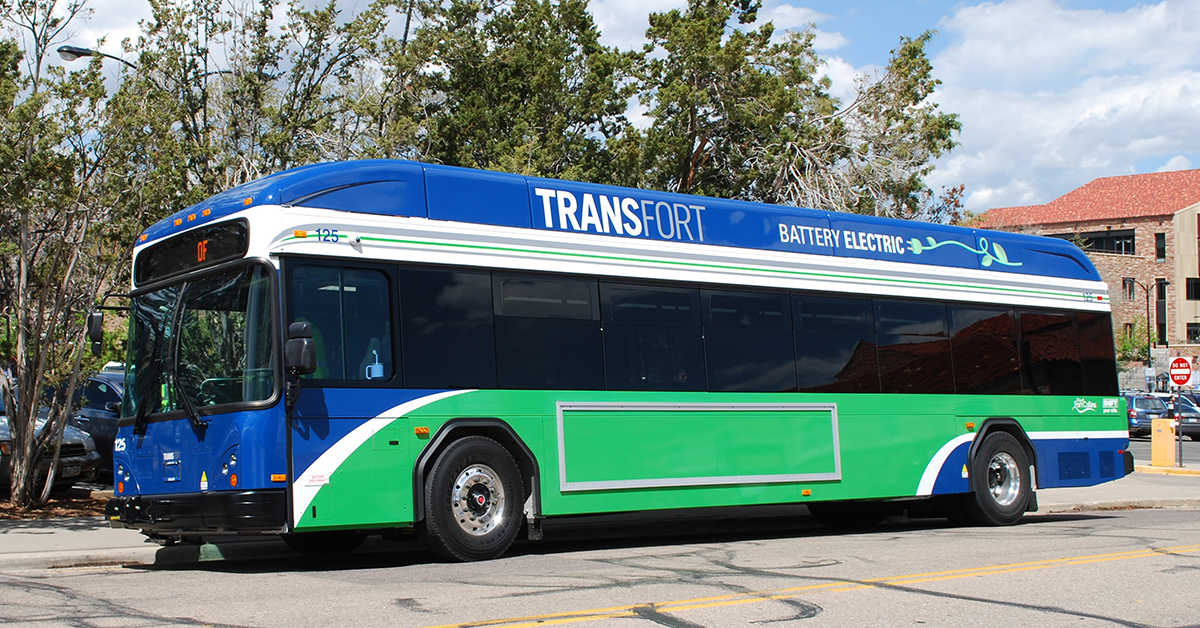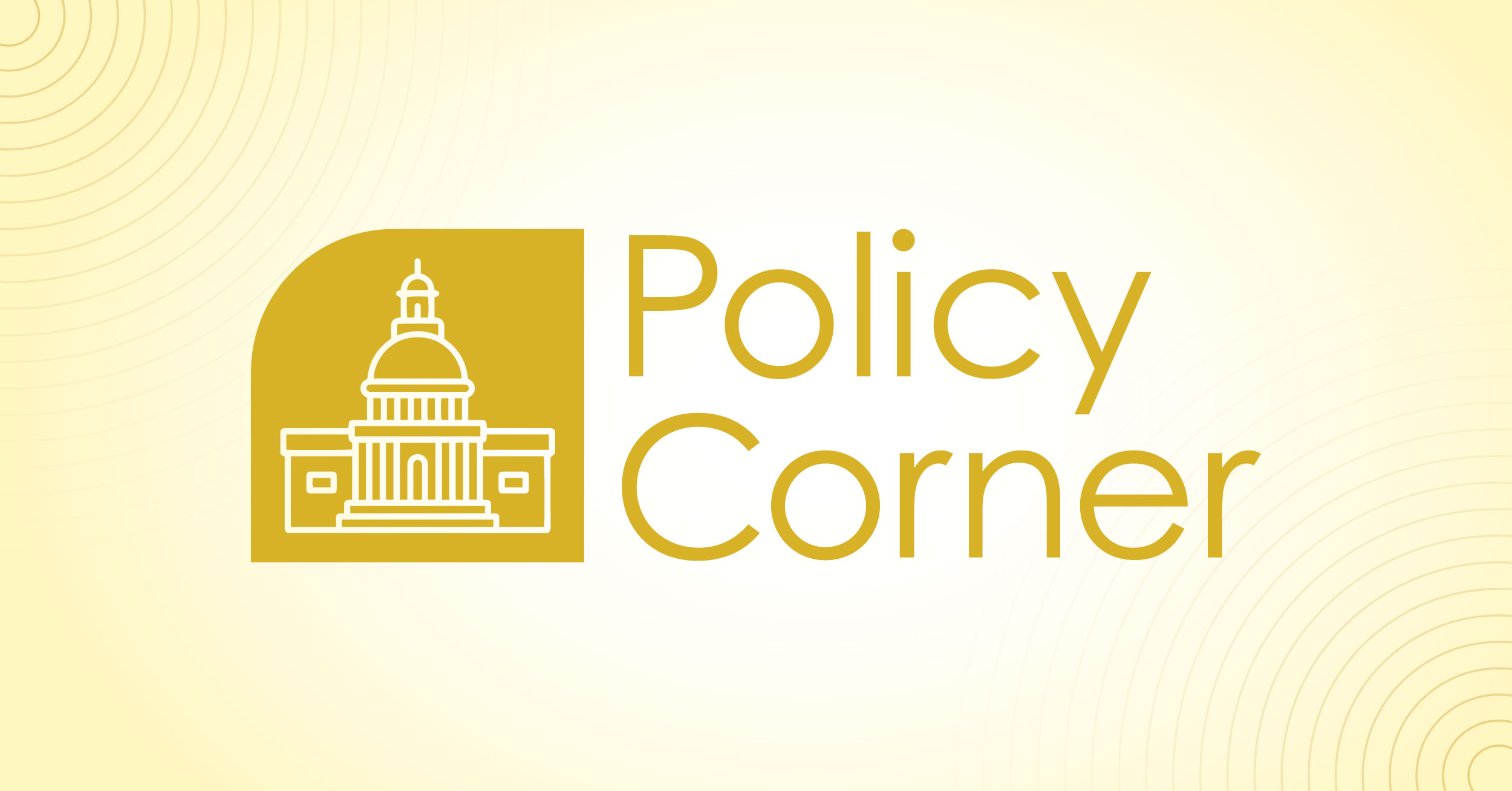Paving the Way for Hydrogen-Powered Transit at Kitsap Transit's West Bremerton Transit Center

The Center for Transportation and the Environment (CTE) recently collaborated with Kitsap Transit (KT) to explore the feasibility of hydrogen fueling infrastructure at KT's West Bremerton Transit Center (WBTC). This project was groundbreaking in its use of a comprehensive approach that considered all aspects of hydrogen fueling infrastructure, from the production and storage of hydrogen to the refueling of buses. Through this project, CTE has developed a new methodology for evaluating the feasibility of hydrogen fueling infrastructure at other transit centers across the country.
"We were thrilled to work with KT on this innovative project," said Jason Hanlin, Director of Technology Development at CTE. "KT is a leader in sustainable transportation, and this project is a testament to their commitment to reducing their environmental impact. Hydrogen fuel cell buses offer a number of advantages over traditional diesel buses, including zero emissions, longer range, and faster refueling times. By exploring the feasibility of hydrogen fueling infrastructure at WBTC, we are helping KT to pave the way for a more sustainable and efficient transit system for their community."
KT had a set of well-defined objectives in mind when undertaking this endeavor:
- Cut Fleet Emissions: One of the primary goals was to reduce emissions from their transit fleet, contributing to cleaner air in the community.
- Decrease Operational and Maintenance Costs: By adopting new technology and infrastructure, KT aimed to reduce the ongoing operational and maintenance expenses associated with their fleet.
- Revitalize the WBTC Site: The agency saw an opportunity to revamp and rejuvenate the West Bremerton Transit Center, creating a more modern and sustainable transportation hub.
- Embrace Early Adoption Benefits: KT was keen on being at the forefront of innovation, reaping the benefits of early adoption of hydrogen fuel technology.
- Align with State Regulations: Washington State had laid out a timeline for the adoption of zero-emission vehicles, akin to California's transition plans. KT sought to align itself with these regulations.
The comprehensive feasibility assessment conducted by CTE over five months provided a holistic view of the project's potential. The study recommended a pilot deployment of up to 10 fuel cell electric buses (FCEBs) between 2025 and 2031, with plans to expand to a fleet of 40 FCEBs by 2040.
Equally significant was the consideration given to the fueling infrastructure. After evaluating various options, the study pointed to a phased approach that allowed for both flexibility and scalability. The first phase would involve designing a permanent compression, storage, and dispensing (CSD) station with delivered hydrogen fuel. The second phase would introduce cost-effective fueling options with a larger dispensing capacity tailored to KT's operations.
While most data and assumptions were rooted in real-world experience and industry input, it's crucial for KT to remain vigilant and adapt to changes in the hydrogen market and regulations. Regular updates by qualified firms will be essential to ensure the project stays aligned with evolving industry dynamics.
Several factors in the evolving hydrogen landscape will impact KT's journey:
- Initiatives like the Department of Energy (DOE) Hydrogen Hubs program aim to increase hydrogen supply in the Pacific Northwest.
- The development of a robust distribution network is crucial for hydrogen's widespread adoption.
- Efforts to reduce hydrogen production costs will reshape the economics of hydrogen procurement.
- Collaborative opportunities with local transit agencies can optimize network coordination and infrastructure sharing.
- Exploring grant and incentive programs will be vital to support KT's hydrogen initiatives.
- Staying abreast of state regulations is imperative, ensuring compliance and smooth project execution.
From the perspective of CTE, this project provided a unique opportunity to develop a new methodology for evaluating the feasibility of hydrogen fueling infrastructure that will benefit future transit agencies considering the deployment of FCEBs.





